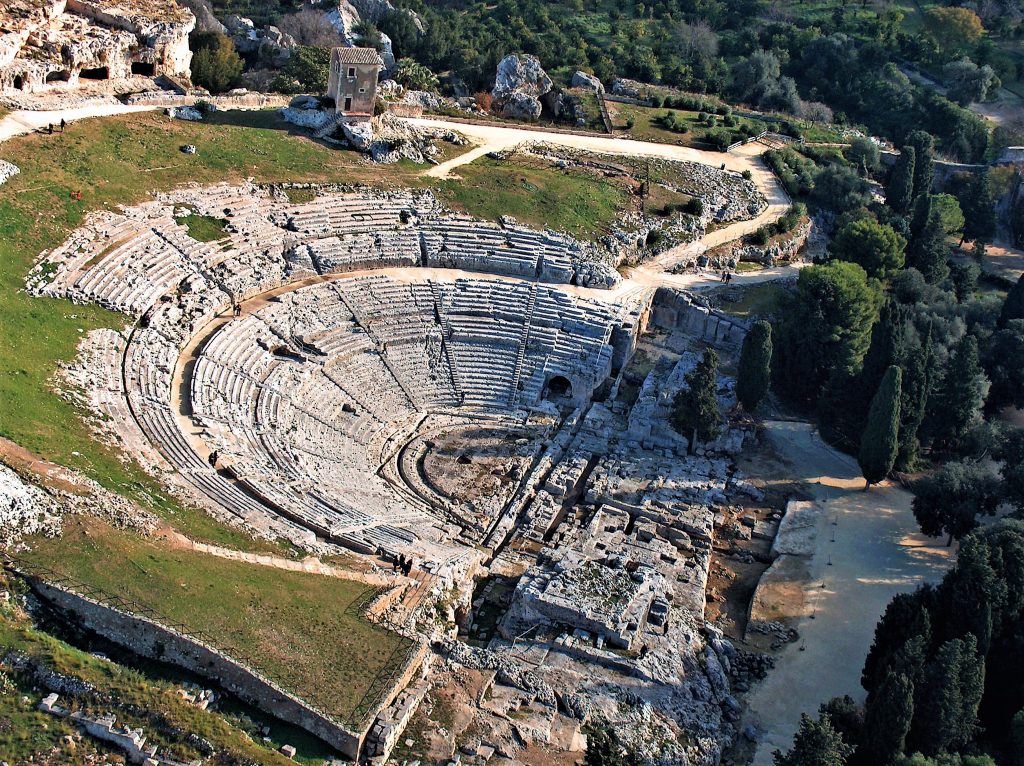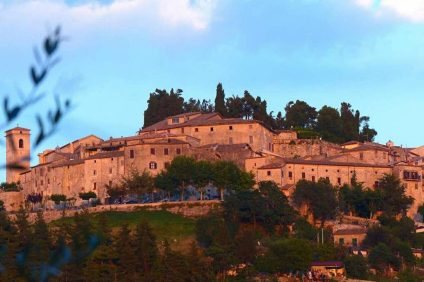La Sicilia sees in the Classical period one of its moments of maximum splendor. Majestic works and great characters have in fact characterized the history of the island during the Greek and Roman rule. SIRACUSA, in particular, it is a real open-air treasure chest, as evidenced by the many archaeological sites in the area. Among these it is impossible not to mention the Latomia of Paradise, an ancient stone quarry that has a cave in which a curious legend lies: the Ear of Dionysus.
A giant ear for Syracuse
Not far from the center of Syracuse extends the Archaeological Park of Neapolis. It is an area where archaeological finds dating back to several periods live, especially the Greek and Roman ones. By size and importance, it is one of the most relevant sites around the Mediterranean, and corresponds to only a small part of what was once Syracuse.

Inside there is also one of the many Syracusan latomias: the Latomia del Paradiso. But what was their function? They were simple stone quarries used precisely for the extraction of various resources, through the hard work of slaves and prisoners. Once the excavation was finished, the internal cave came converted into a real prison. That of Neapolis is very famous above all for the cavity that extends along the northern wall: in fact it has the curious shape (and function) of a giant ear. And the thing does not seem to have been done by chance, quite the contrary.
Intrigues and betrayals in the court of Dionysius
With a height of 23 meters, a width that reaches 11 m and a depth of over 60 m, the Ear of Dionysus has always fascinated tourists and onlookers. The name was given to him by Michelangelo Merisi, in art Caravaggio, , during one of his visits in 1608 in the company of the historian Vincent Mirabella. The shape of the cave immediately reminded him of that of a human ear, while the work was attributed to the tyrant Dionisio.

Legend has it that, inside this cave, the Syracusan imprisoned his most ardent opponents. And through a small canal it was possible eavesdrop everything that happened, lurking in the outer and upper part of the cavity. Task facilitated by the conformation of the walls that allowed (and still allow) to amplify sounds up to 16 times. Thus it was that Dionisio thwarted numerous coups d'etat, intrigues and betrayals that were organized - unaware - in the prison.
Among the most illustrious prisoners is the poet Philoxenus, accused of not being able to appreciate the works written by Dionisio himself. Here Filosseno wrote one of his best known works: The Cyclops.

There is no certain information about this function of "espionage" by Dionisio. Some historians believe that the Ear actually served as special effect for the Greek theater, located right next to the latomia. The small crack is in fact located just behind the stands and - probably - was used during the performances by a choir which, singing from the cave, he let his voice out behind the audience. All this stunned the spectators, unable to identify the source of the song just heard.

Even today, the exact use of this little engineering marvel is not known. What we do know is that, once inside, it's best not to reveal your secrets. Someone could listen to them without our knowledge ...






